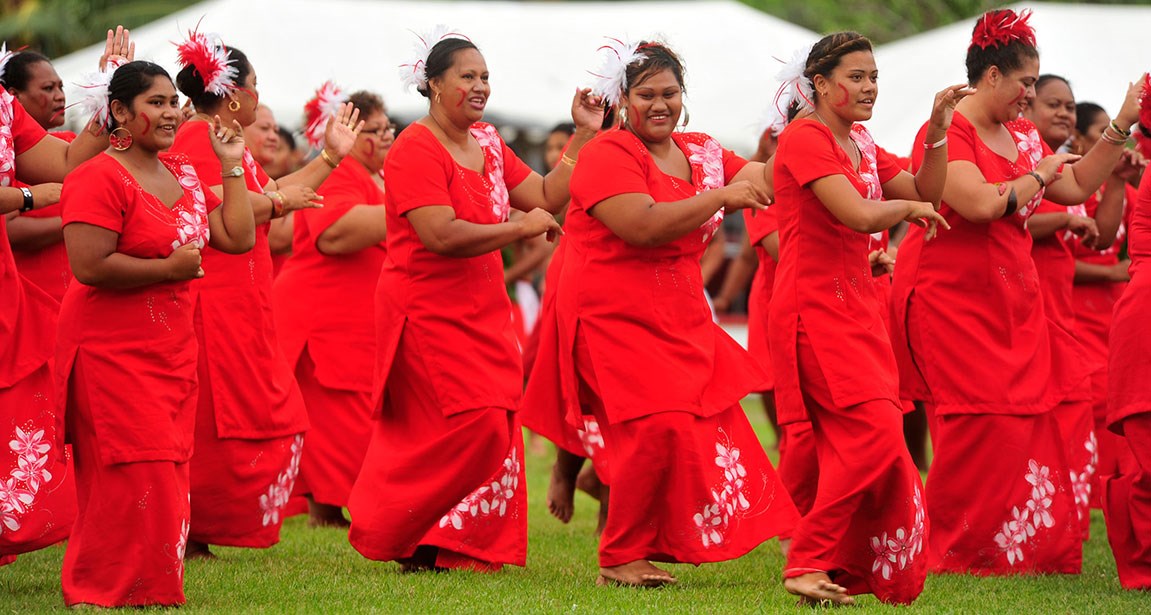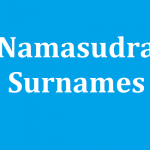The world knows little about the early years of Samoan settlement and history. As people increased over the variety of islands in the Pacific Ocean, there is a blend of culture, making their way to Samoa and beyond. The people of Samoa were usually similar in culture and their way of life to those in Tonga and Fiji.

Samoa Baby Names Samoa Girl Names Samoa Boy Names
In the very early years of the 18th century, Western explorers started to land on the shores of Samoa. First it was ruled by Dutch, followed by the French, English, Christian missionaries, the Germans, and also the United States to some extent. By the late 1800’s, the islands were maximum divided between the Brits, Germans, and Americans. In the late 1800’s, a civil war affected Samoa with the three powers backing a variety stage for trade benefits and resources.
Samoan Society:
Samoan society is considered as meritocratic. Those with prominent ability have traditionally been selected to the leadership of families. The influence of most titles is enveloped by the families and villages with which they are concerned. The title holder’s acquired status and develop not only from accumulating resources but also from their capacity to carry it out. The wealth made by expatriates has distributed into all sectors of society, covering traditional rank-wealth correlations.
Urbanism:
The arrangement of villages beyond the capital has altered little. Most villages located on flat land beside the sea and are linked by a coastal road. The group of sleeping houses, their associated cooking houses, and architectures for houses are arranged around a central common. Churches, pastors’ homes, meeting houses and guest houses, and women’s committee meeting houses also hold prominent positions around the malae. Schools stand on land delivered by villages.
The availability of migrant remittances have changed the design and materials employed in private homes and public buildings. Houses generally consists of large single rectangular spaces around which some furniture is placed and family portraits, certificates, and religious pictures are placed to decorate. Homes also have indoor cooking and bathing facilities. The new design has reshaped social relations.
Food Habits:
Samoans consume a mixture of local and imported foods. Local staples consists of fish, lobster, crab, chicken also lettuce and cabbage; root vegetables like talo, ta’amu, and yams; tree crops like breadfruit and coconut; and local such as coffee and cocoa. Imported foods consist of rice, canned meat and fish, butter, jam, honey, flour, sugar, bread, tea, and carbonated beverages.
Many families drink tea throughout the day but consume a single main meal together in the evening. A variety of restaurants, including a McDonald’s, in the capital, are visited largely by tourists and the local elite.
The agricultural and industrial sectors use 70 percent of the workforce and account for 65 percent of the gross domestic product (GDP). The service sector use 30 percent of those employed and accounts for 35 percent of the GDP. Much of this sector is dependent on the tourist industry, which is limited by excellent competition from other islands in the area and on economic conditions in source countries.
The Main Source of Income:
Hardwood timber, copra and coconut products, root vegetables, coffee, cocoa, and fish are produced here Agricultural produce includes 90 percent of exports. The famous export crop, taro, was effectively produced by leaf blight. A small industrial sector developed to provide import substitution and export methods primary commodities such as coconut cream and oil, animal feed, soap, biscuits, cigarettes, and beer. A multinational corporation has made a wiring harness assembly plant whose production is also exported.
Ethnic Groups:
92.6% of the population are Samoans, 7% Euronesians (people of mixed European and Polynesian ancestry) and 0.4% are Europeans, per the CIA World Factbook. Only the Māori of New Zealand outnumber Samoans among Polynesian groups. (Source: wikipedia)
Languages:
Samoan and English are official languages. Samoan Sign Language is used by at least some of the deaf population.
Religion:
Samoans’ religious adherence includes the following: Christian Congregational Church of Samoa 31.8%, Roman Catholic 19.4%, Methodist 15.2%, Assembly of God 13.7%, Mormon 7.6%, Seventh-day Adventist 3.9%, Worship Centre 1.7%, other Christian 5.5%, other 0.7%, none 0.1%, unspecified 0.1% (2011 estimate).
Samoan society of people is free of ethnic tension, largely as a result of the existence of a single ethnic group and a record of intermarriage that has vanished the ethnic boundaries.








